3 Factors That Affect the Cost of Impact Windows
Upgrading to impact windows is one of the most effective ways to protect your home against severe weather, improve energy efficiency, and boost property value. However, while these benefits are well-known, the cost can vary widely depending on several important variables. Understanding what goes into the pricing of impact windows can help you make a confident and informed decision when it's time to buy or replace your existing windows.
1. Choose the Right Materials and Window Features
The material and style you select for your impact windows will greatly influence the final cost. Common frame materials include vinyl, aluminum, and wood-clad options, each with different price points and durability levels. Glass choices also matter. Double-pane windows, laminated safety glass, and Low-E coatings can raise the price but enhance insulation and protection. Custom sizing, shapes, or decorative elements may lead to higher manufacturing costs, especially for non-standard or architectural windows. These added features may seem optional, but they often bring long-term benefits in comfort, energy savings, and curb appeal. Investing in quality from the start can help homeowners avoid unnecessary future expenses.
2. Factor in Installation and Labor Expenses
Installation is another significant contributor to the total cost. According to Forbes, labor can make up around 15% of the window replacement cost. Hiring experienced professionals ensures that your impact windows are installed correctly, which is essential for maximizing their performance and warranty coverage. Homes with older construction may require additional labor for removing outdated frames or reinforcing structural elements to meet current code standards. Skimping on installation quality can lead to poor insulation, air leaks, or water damage over time, making it a risky cost-cutting measure that often results in higher bills later.
3. Consider Location and Local Requirements
Your home's location can also affect pricing. In hurricane-prone areas, for instance, impact windows may need to meet stringent local building codes, which could increase both material and labor costs. These regional standards often require stronger glass and frame designs. However, homes equipped with approved impact windows in such areas may qualify for insurance discounts, helping recoup part of the investment. The added protection can also give homeowners peace of mind during storm season and increase resale appeal.
When you weigh the cost of
impact windows, consider their long-lasting value. For quality products and expert installation, reach out to Action Window & Glass, Inc, your partner in safety and performance.

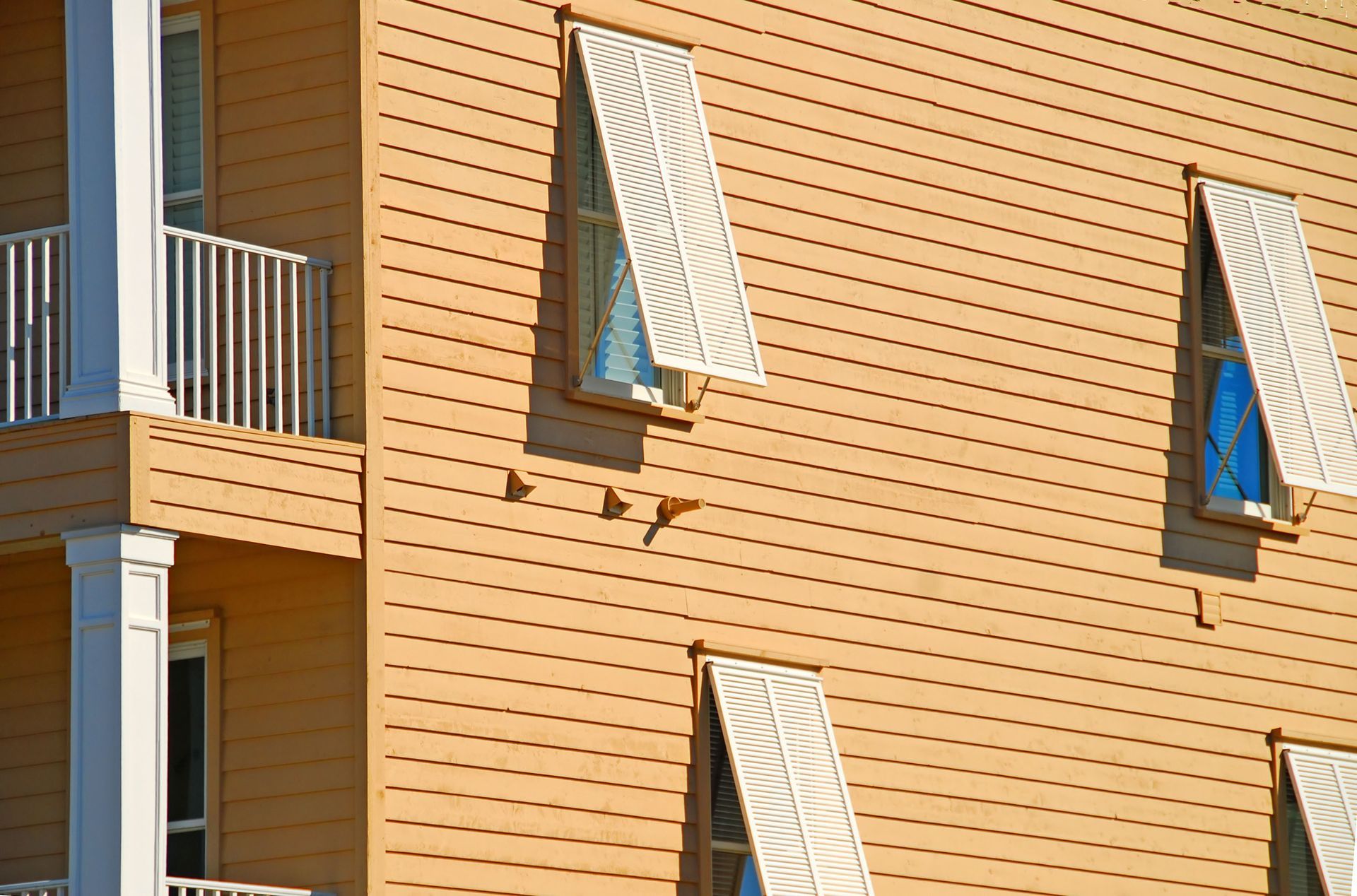
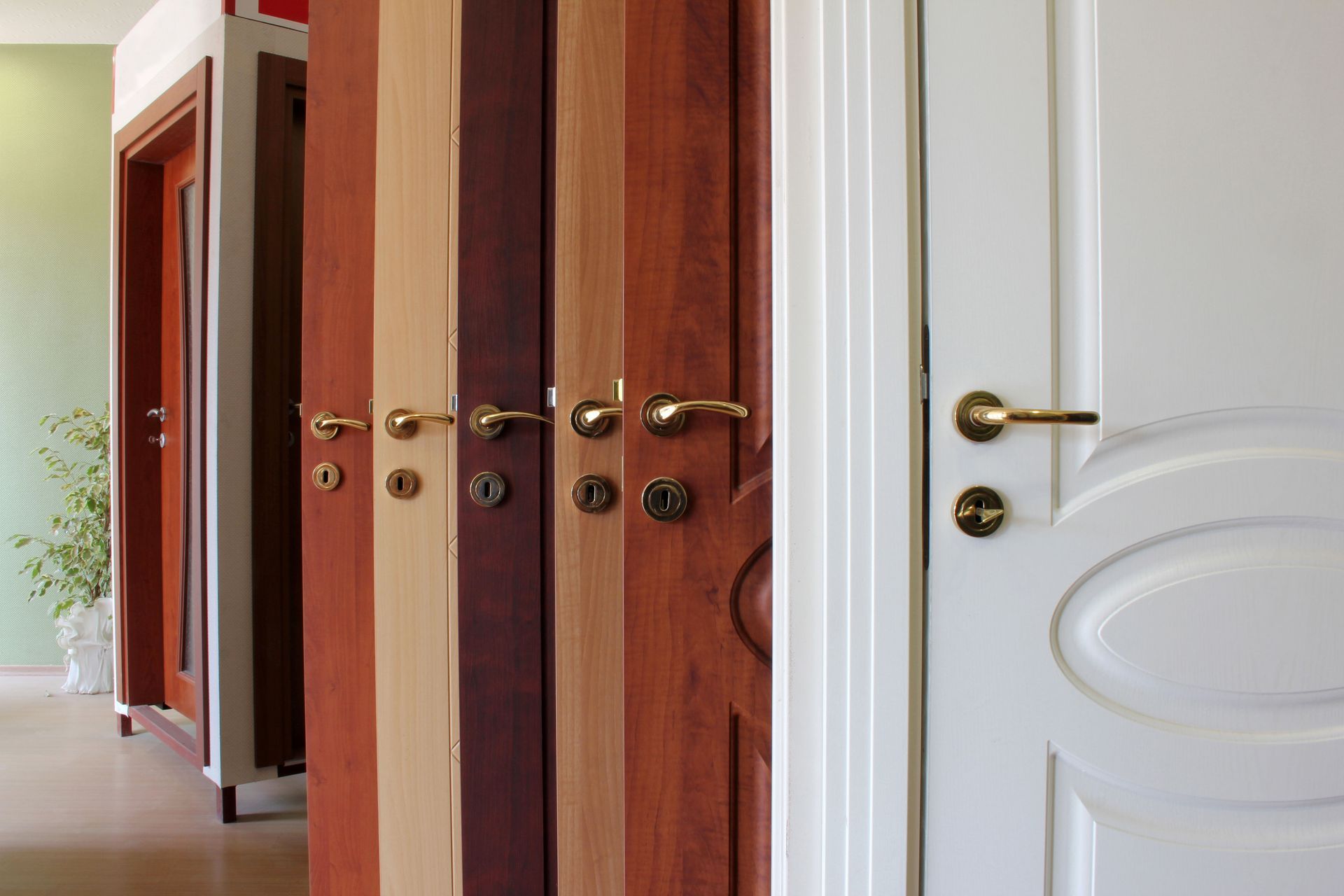
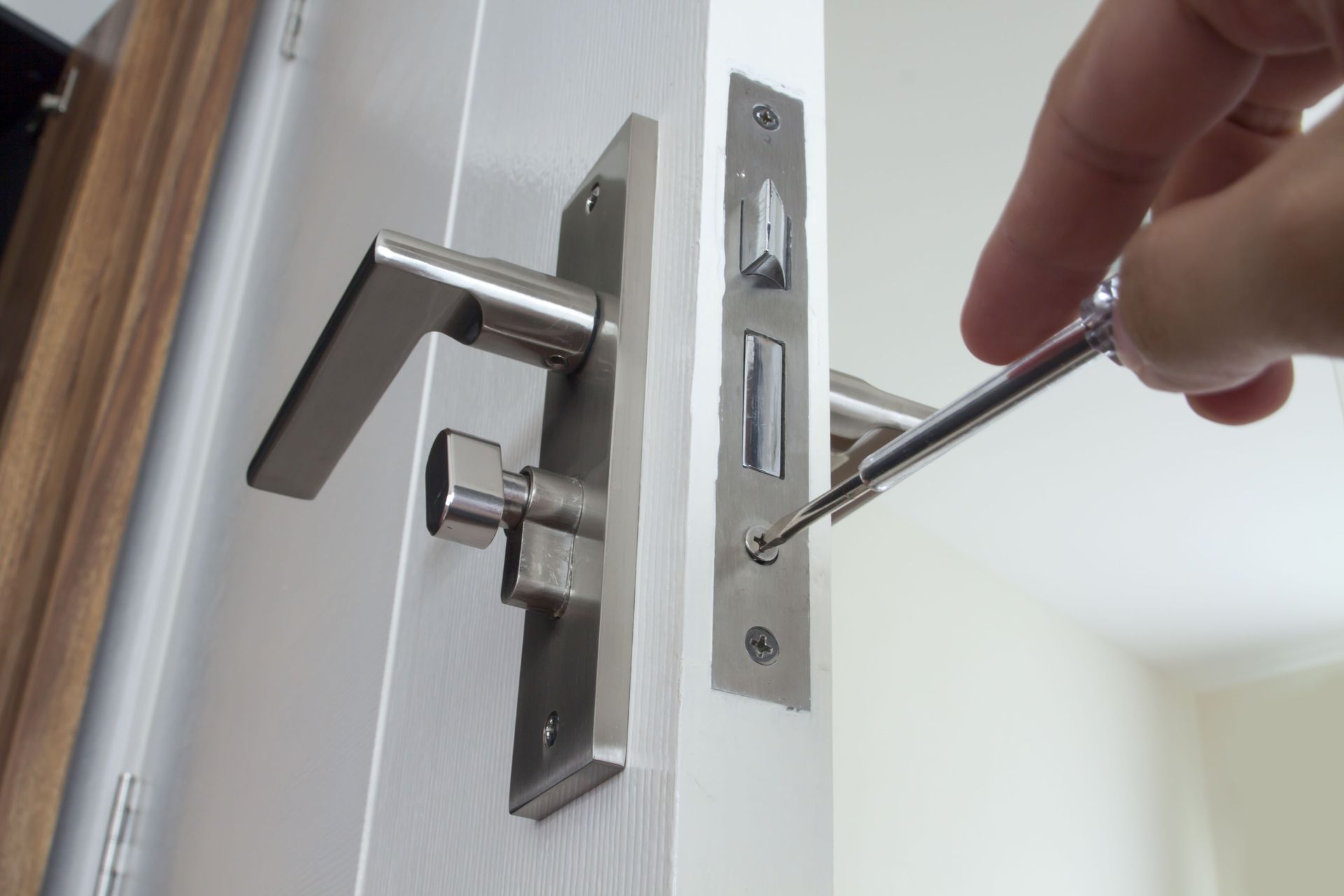
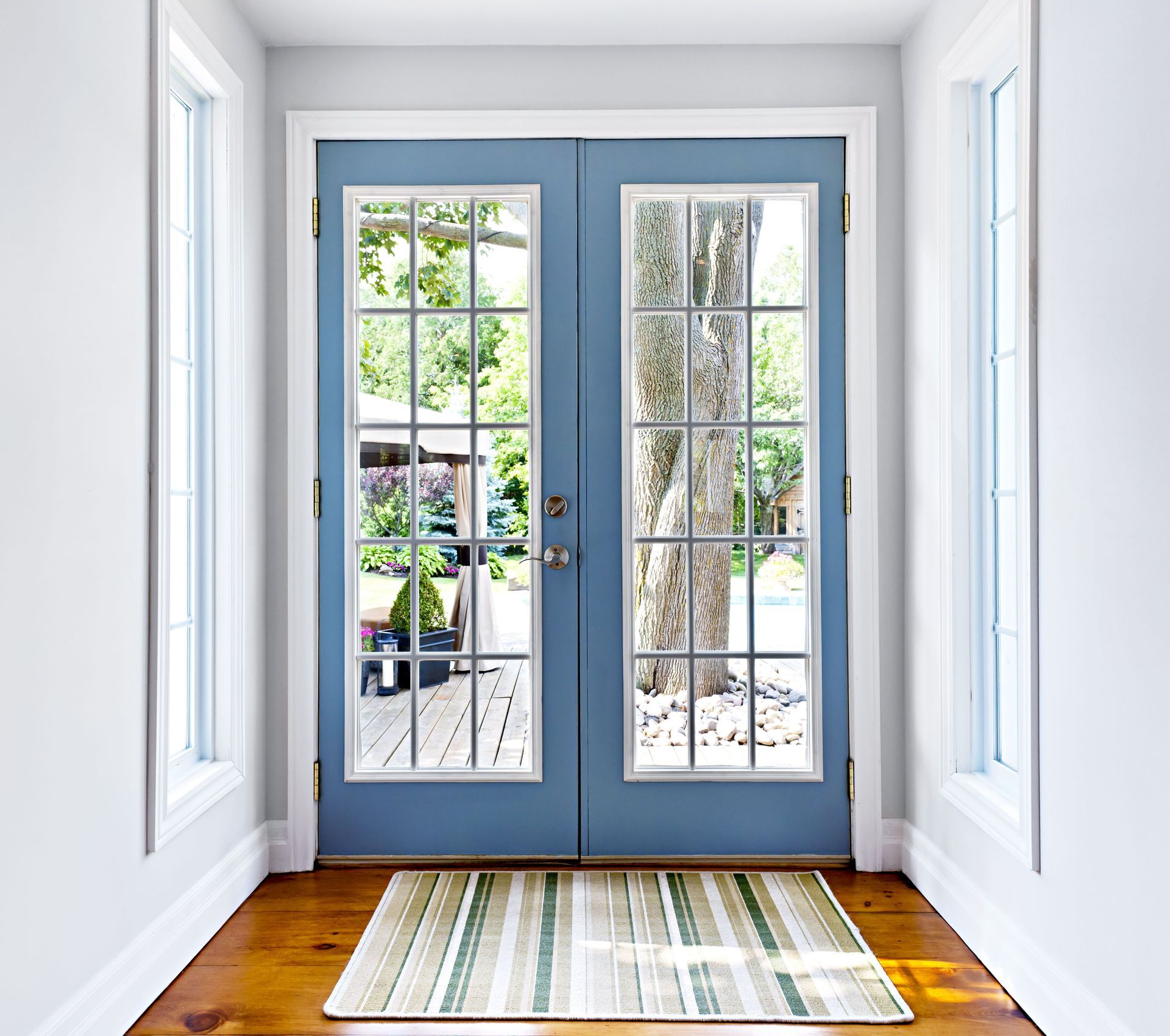
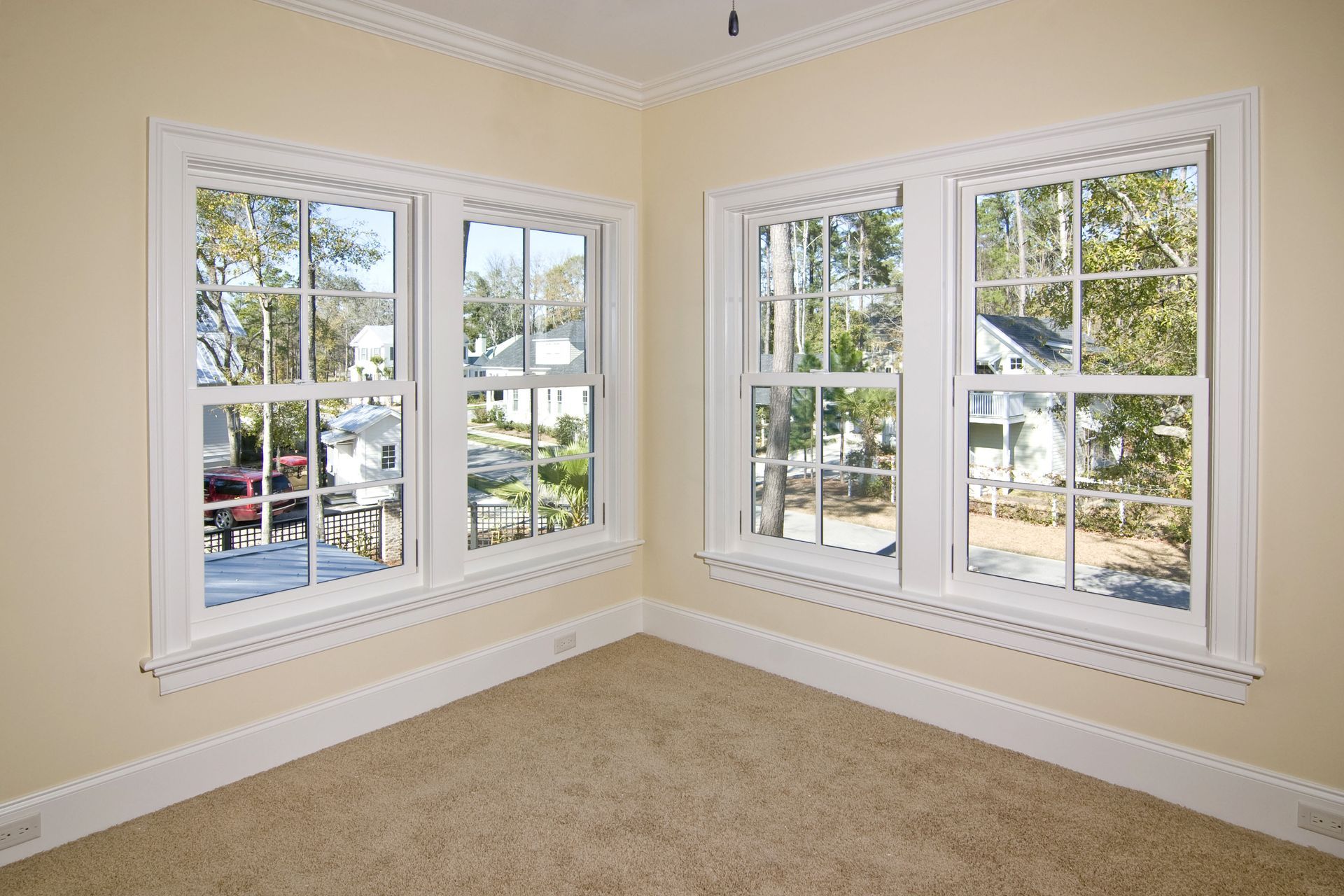
Share On: